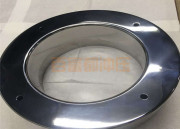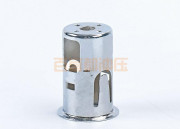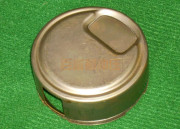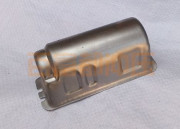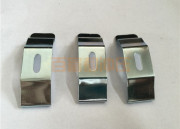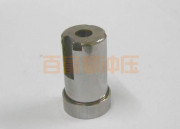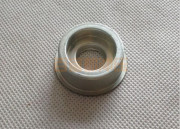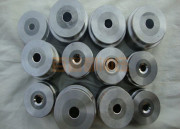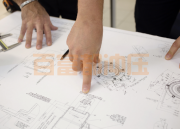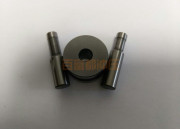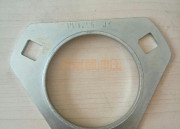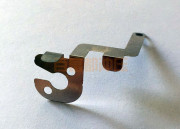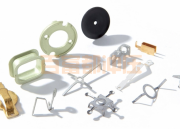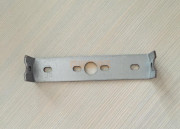What is the cause of the tensile die strain and what is the solution?
The cause of the injury
1. Between the workpiece and the mold
Adding a film such as PVC between the mold and the molding material can sometimes solve the problem of workpiece strain. For the production line, the film can be continuously provided by the mechanism. For the stamping equipment of periodic production, each workpiece needs to add a layer of film, which affects the production efficiency. This method is generally expensive and also produces a large amount of waste. For small batches of large workpieces Production is desirable.
2. Raw materials for forming workpieces
By surface treatment of the raw material, such as phosphating, spraying or other surface treatment, a non-metallic mold layer is formed on the surface of the material to be formed, which can greatly reduce or eliminate the strain of the workpiece. This method is often more expensive. high, and requires the addition of additional production equipment and increased production processes.
3. Mould
By changing the convex and concave ink materials of the mold or surface treatment of the convex and concave molds, the secondary properties of the contact between the finished material and the convex and concave molds are changed.
Second, the solution
1. There are many ways to solve the problem of surface strain of workpiece and mold convex and concave mold. For different situations, the application method needs to be selected according to the size of the workpiece and the load, the production batch, the type of processing material, etc.
2. Using cemented carbide as the mold material, the chemical vapor phase of the convex and concave surface of the mold is deposited. TD is usually a cladding treatment. TD coating treatment is cost-effective.
Well, the above is what is the solution to the cause of the stretching die strain? I hope the above content can help readers.
Read More →

